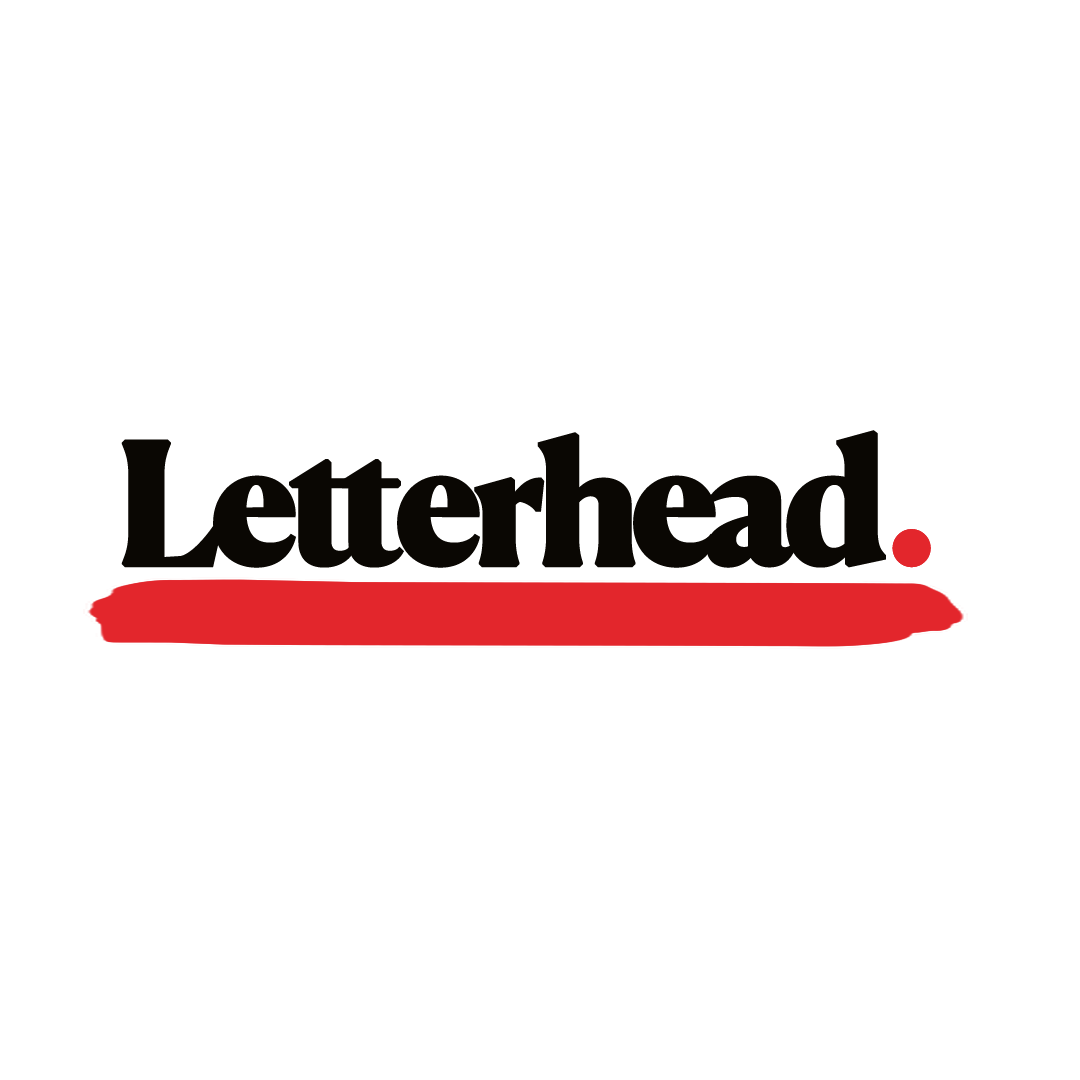FEDE Arthouse | Shelflife
Young artists are always looking for new ways to push the envelope and FEDE Arthouse is among the finest examples of this. More than just a collective, FEDE has created a community around its “nomadic gallery” concept, allowing people to engage with art and creativity in unique and exciting ways. We spoke to co-founder Lebo Kekana about what they’ve done and what's next.
JN: Can you tell us about the origins of FEDE Arthouse?
LK: I established FEDE towards the end of 2020, through an exhibition which took place in a rented house in Woodstock – hence “Fede Arthouse”.
Prior to that, I’d been practicing as a painter, and naturally, I wanted to show in galleries and exhibitions. However, I had little understanding of, or connections to, the inner workings of the art world. So, I decided to coordinate an independent group show, inviting other young artists like myself who had little-to-no experience working within the gallery system.
Through the use of interior design to elevate the presentation of artworks, we created an exhibition within a space that feels like home – as an effort towards combating the notion of exhibition spaces feeling hyper-exclusive and thus characterised by a lack of diversity. The exhibition sought to place comfort and engagement at the centre of curatorial practice, in order to foster sincere and inclusive engagement with contemporary art in the South African context.
This sentiment remains part of our mission statement, as we continue to find experimental ways to meet artistic purposes outside of the customary gallery template.
JN: FEDE is described as a “research-based practice”, what does this mean to you?
LK: Our offerings are often in response to a set of environmental or circumstantial conditions, as experienced by the communities we represent, and we often need to undergo research in order to effectively define our intentions, directives, or points of inquiry.
For instance, Fede’s concerned with exploring how the functions of spaces of art consumption can be met, and even reinvigorated, through experimental means outside of standard practice – this means doing things that haven’t been done before, or that aren’t done “typically”. Related to this, our “Art and Design” panel discussion was a form of research in that it sought to investigate what the art and design ecology looks like, how it works, what it’s missing, or how it can work better – and it is from that point of view, one of knowledge and information, that we can respond.
Art can be a medium with which to interrogate the human condition, social structures and how we engage with and exist in the world – all in order to imagine a better world. As such, art curation can be a form of teaching in its attempts to be impactful, meaningful, or to prompt change.
Our next project, for example, probes the state and role of modern architecture in the context of South Africa. In order to speak on the subject, we are obligated to engage in research that allows us to speak from a place of understanding.
JN: What have been the benefits and obstacles involved in running a nomadic gallery?
LK: FEDE began as an initiative without space to exist, and that was our first obstacle – it still is. However, it prompts us to be innovative in imagining spaces to exist in, and that has become our greatest strength. This allows a sense of dynamism that wouldn’t be possible in a fixed or permanent space. We’re able to redefine space and place as we find nooks and hidden spaces available to us in the city that we can turn into a framework for exhibitions. Because each presentation is in a different place and is designed based on that architecture, each exhibition presents a completely new experience.
JN: Who are the current members of the collective?
LK: The core members of FEDE, the collective, are Lebo Kekana, Carol Khaas and Nthabiseng Mofokeng.
Furthermore, we have an ever-growing community of people we continue to work and collaborate with, depending on the needs of each project.
JN: Outside of exhibiting art, what other ways has FEDE created a community around itself?
LK: Within its projects, Fede integrates reform initiatives, activations, and events that are geared towards improving structures within the art and design landscape in South Africa, with the intention to make the industry more accessible to practitioners and audiences alike.
This includes the following:
“OPEN STUDIO” (2023), our first Artist Residency Programme, which took place between March and May of this year. This was an open call aimed at providing studios to artists in need of space in which to create.
“Art and Design” (2020), a free-to-the-public panel discussion including various art professionals and practitioners, who we brought together to engage in a broad analysis of the contemporary art and design ecology in South Africa. This was meant to unpack, present and provide a general understanding of the inner workings of the art world.
“The Jazz Lounge” (2023), a jazz-music event intersected with the presentation of art and interior design. Because FEDE is multidisciplinary in nature, we continuously try to challenge and explore ways in which art can be expressed in its varying forms, thus bringing together different audiences and communities.
JN: Where is FEDE Arthouse now and what’s up next?
LK: We’re currently nearing the end of our occupation of a studio space in Gardens, where we’ve been for the past 6 months. The space set the stage for an exhibition we created earlier this year, called “Process”, as well as our most recent offering, the “Open Studio” Artist Residency.
Our next project is a presentation at the decor and design fair, Decorex. Through an exhibition centred around Vernacular Architecture, we’ll be highlighting the use of indigenous materials, honouring traditional methods of making and their evolution into the contemporary art and design world.
